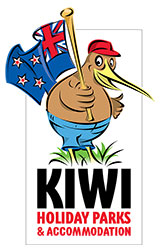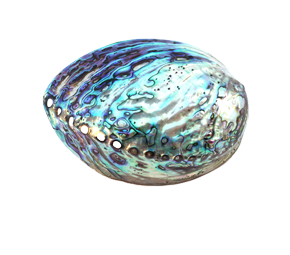Driving in New Zealand
Touring New Zealand by car or campervan is a wonderful experience
New Zealand is a great place for driving, offering well signposted and largely uncrowded roads surrounded by breath-taking scenery. Remember though that if you’re visiting New Zealand from overseas you’re likely to find our roads and conditions are somewhat different from what you have experienced in your own country.
New Zealand’s main roads are typically wide, open and very well maintained. When traveling to some of the more secluded parts of New Zealand you might encounter some gravel or unpaved roads. It’s wise to reduce your speed significantly on these roads, plus you should drive in established tracks if possible, while always remembering to KEEP LEFT. In rural areas you should also be prepared that you may come across livestock (such as cattle or sheep) on or near the road. In the unlikely event that you do, simply slow down and pull over to the side of the road and wait until they have passed.
Winter driving in New Zealand
During the winter months some roads in the South and central North Island may be temporarily closed due to snow and ice. Although alternative routes are usually available, it pays to check before you travel using AA Traffic Roadwatch.
You certainly shouldn’t be put off driving in New Zealand during the winter months – simply use common sense and adjust your driving to the conditions by reducing your speed and increasing your following distance when weather conditions are poor.
Driving licence requirements
A current driving licence and/or international licence are acceptable for New Zealand. Please note that the minimum age for hiring a motor vehicle is generally 21 years of age.
General information about driving in NZ
- KEEP LEFT - Always drive on the LEFT hand side of the road.
- When you’re turning right from the bottom of a T-intersection with no signs or signals, you will need to give way to all vehicles at the top of the T. You can learn more about this rule here.
- If you’re turning right, give way. This rule applies at intersections where two vehicles are facing no signs or signals, or the same signs or signals. You must give way to left turning vehicles coming from the opposite direction if you are turning right. You can learn more about this rule here.
- If overtaking other traffic you should always overtake on the right (unless directed otherwise by a police officer).
- Never overtake near a pedestrian crossing, railway crossing, blind bend, or on double yellow lines (these indicate a ‘no passing’ area).
- When the traffic light is red, you must stop. There is no left turn rule as in North America.
- The amber traffic light means stop unless you are already too close to the intersection to enable you to stop safely.
- The speed limit on the open road is usually 100km/h (approximately 60mph). In urban areas the speed limit is 50km/h. Speed limits are strictly enforced by the police.
- All road distances are measured in kilometres (km).
- Drivers and passengers must wear seat belts or child restraints at all times, in both front and rear seats.
- Never drive if you are feeling tired. During long journeys you should take regular rest and refreshment breaks.
- Driving under the influence of alcohol or drugs is a crime in New Zealand and is strictly enforced by police, with severe penalties for offenders. If you drink, don’t drive.
The points above are intended to provide a general overview only. We strongly recommend you refer to the official New Zealand Road Code so you can familiarise yourself with traffic laws for New Zealand.
The New Zealand Transport Agency website also contains some very useful information to help you adjust to driving in New Zealand.
Tips for driving motorhomes and campervans
- Be aware of the size of your vehicle – because of the extra length of your vehicle you must take additional care turning or parking.
- Secure all loose objects inside your campervan or motorhome so they don’t move and become a driving hazard when you’re traveling.
- Ensure that exterior items such as awnings, exterior BBQs and the 240V power cable are all stored away safely.
- Before you start your journey always remember to check that you have turned off the gas.
- Where possible, try to drive during daylight hours only.




